Numbers Worksheet-14
(a) 1 and -1 are reciprocal of themselves
(b) Zero has no reciprocal
(c) The product of two rational numbers is a rational number
(d) All of these
(a) 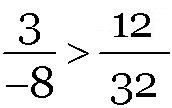 (b)
(b) 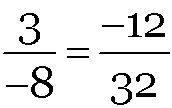
(c) 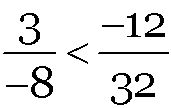 (d)
(d) 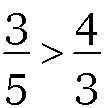
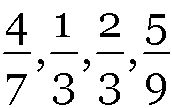 are arranged in ascending order is
are arranged in ascending order is(a)  (b)
(b)  (c)
(c)  (d)
(d) 

(a) Closure property (b) Commutative property
(c) Associative property (d) Distributive property
(1) Every integer is a rational number and every fraction is a rational number.
(2) A rational number  is positive if p and q are either both positive and both negative.
is positive if p and q are either both positive and both negative.
(3) A rational number  is negative if one of p and q is positive and other is negative q
is negative if one of p and q is positive and other is negative q
(4) If there are two rational numbers with common denominator then the one with the larger numerator is larger than the other.
(a) Statements 1 and 4 are incorrect
(b) Statements 2 and 3 are incorrect
(c) Statement 1 is incorrect
(d) All the statements are correct
 is a
is a(a) Positive rational number
(b) Negative rational number
(c) Either positive or negative rational number
(d) Neither positive nor negative rational number
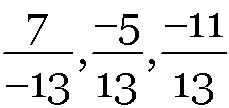 , which is the smallest?
, which is the smallest?(a)  (b)
(b) 
(c)  (d) Cannot be compared
(d) Cannot be compared
 be multiplied to obtain 26?
be multiplied to obtain 26?(a)  (b)
(b) 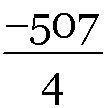 (c)
(c)  (d)
(d) 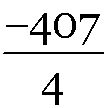
(a) 73 · 50 (b) 73 · 52 (c) 73 · 55 (d) 73 · 58
(a) 0 · 658 < 0 · 732 < 0 · 514 < 0 · 813
(b) 0 · 514 < 0 · 658 < 0 · 732 < 0 · 813
(c) 0 · 813 < 0 · 732 < 0 · 658 < 0 · 514
(d) 0 · 514 < 0 · 732 < 0 · 658 < 0 · 813
 , then values of a, b and c are
, then values of a, b and c are(a) – 15, 25, –36 (b) –36, – 15, 25
(c) 25, – 36, –15 (d) – 15, – 36, 25
(1) Difference of two rational numbers is a rational number.
(2) Subtraction is commutative on rational numbers.
(3) Addition is not commutative on rational numbers.
(a) (2) and (3) (b) (1) only (c) (1) and (3) (d) All of these
(a) 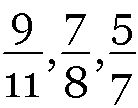 (b)
(b) 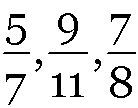 (c)
(c) 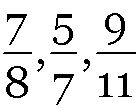 (d)
(d) 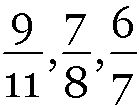
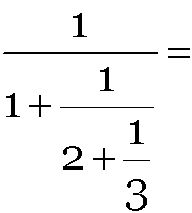
(a)  (b)
(b)  (c)
(c)  (d)
(d) 
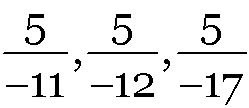 , which is the greatest?
, which is the greatest?(a)  (b)
(b)  (c)
(c)  (d) Cannot be compared
(d) Cannot be compared

(a) Has a positive numerator
(b) Has a negative numerator
(c) Has either a positive numerator or a negative numerator
(d) Has neither a positive numerator nor a negative numerator
 and
and  are equivalent rational numbers is
are equivalent rational numbers is(a) 64 (b) –64 (c) –9 (d) 9
 and
and  be any two rational numbers, then we define:
be any two rational numbers, then we define: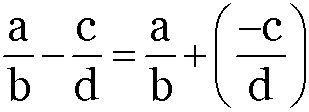
Thus, subtracting a rational number means adding its additive inverse : based on the statements given above solve the following problem:
Subtract  from
from  .
.
(a)  (b)
(b)  (c)
(c)  (d)
(d) 
 is
is(a)  (b)
(b)  (c)
(c) 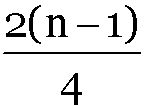 (d)
(d) 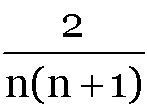
 are cattle
are cattle  of cattle are dairy cows. How many dairy cows he has?
of cattle are dairy cows. How many dairy cows he has?(a) 128 (b) 84 (c) 56 (d) 112
Answer Key:
(1)-(d); (2)-(b); (3)-(d); (4)-(d); (5)-(d); (6)-(d); (7)-(c); (8)-(b); (9)-(c); (10)-(b); (11)-(b); (12)-(a); (13)-(b); (14)-(c); (15)-(c); (16)-(d); (17)-(d); (18)-(a); (19)-(b); (20)-(c)